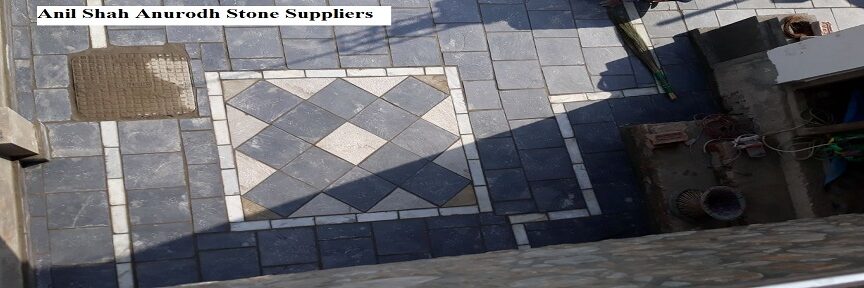planning and process before construct a house
0Aprox cost:Rs: 34 lakh for one story and 70 lakha is for 2.5 story with full finishing ( marbleing,tiling,painting,plumbing and electricals) for info:9851110960
careful planning, a solid understanding of the construction process, and the right team of expert to ensure that the project is accomplished as expected and on time as well.
Nepal has a unique geo-climatic setup with diverse landscapes, unique architecture, and varied climatic conditions, building a house in Nepal can also be a challenging task. This articles is all about simplifying this complex process by providing the essential information required to build a house in Nepal, from acquiring land to obtaining necessary permits and from selecting materials to the finishing touches.
Process of constructing House in Nepal
Land Acquisition
When it comes to investment, real estate is the most preferred choice. If done wisely, it will give the best return. However, when buying land, it is important to keep certain important factors in mind, without which purchase might not be a sound investment as wanted it to be. It is important to check whether the owner holds all the essential rights to transfer the property.
For this, it is essential to contact the advocate to get the title documents like sale deeds and to obtain a certificate, confirming the land has no legal issues with it.
Design and Planning
For any designing and planning, the land measurement process would be crucial to identify the working area. Once the measurement work is completed, an architect starts drafting the layout of the building using the collected measurement and also helps in the visualization of the final construction of the house. Once the preliminary draft is completed, architects start a detailed design and will schedule and plan the completion of the project.
The dream house would not be complete without interior design. So, the architect would work on material selection as per budget to give the best option to accommodate all the facilities without compromising any design.
Get Necessary Permits
After designing, one should follow the following guidelines to obtain approval for the construction of the house: –
A person, organization, or government entity desirous of constructing a house of category A, B, or C as mentioned in Subsection (1) of Section 11 of the Act shall submit a design as well when applying in the municipality in the format of Schedule -1 for approval of the drawings.
Whereas a person, organization, or government entity desirous of constructing a house of category A or B shall prepare drawings and design of the building, and a person, organization, or government entity desirous of constructing a house of category C shall prepare drawings of the building and submit for approval in the format of Schedule–1 in the Office of Urban Development of the concerned district.
The Office of Urban Development will check and verify the application received as per Sub-clause (2), and if the Office deemed it necessary of additional documents, it may call for the documents with the applicant.
If the details of the applicant are found justified in checking and verifying them, the Office of Urban Development shall approve the drawings or design within thirty days of the date of submission.
Site Preparation
It is the process of removing obstacles such as trees, vegetation, debris, or other obstructions from the construction sites using heavy machinery. The construction team will test the soil and determine its composition and classify if it is worthful to work on the plot or not. It is important because it helps determine the foundation types that should be used for the construction project.
It is typically done with a pit or borehole and then sent to the laboratory for further analysis. This gives an idea to the inspector about meaningful details about the soil. This gives a brief estimate of the cost and identifies the methods to be used for the building projects.
Foundation
The design and the construction of the foundation are done in such a way that it can sustain as well as transmit the dead and the imposed loads to the soil. This transfer must be carried out without resulting in any form of settlement that can result in any form of stability issues for the structure. Differential settlements can be avoided by having a rigid base for the foundation.
These issues are more pronounced in areas where the superimposed loads are not uniform in nature. Based on the soil and area it is recommended to have a deeper foundation so that it can guard against any form of damage or distress. These are mainly caused due to the problem of shrinkage and swelling because of temperature changes. The location of the foundation chosen must be an area that is not affected or influenced by future works or factors.
Construction of Walls
The construction of concrete walls is a crucial part of building construction as it is constructed as a load-bearing structure to transfer loads from floors to the wall below or to the foundation, to divide spaces in multi stories buildings.
Here concrete walls are the most important structure as they greatly control the safety of the buildings. That is why considerable caution shall be practiced during its construction. Finally, apart from the proper construction process, materials used for concrete wall construction play a major role in improving the performance of the wall during its life span.
Roofing
The roofing materials can be corrugated metal sheets, clay tiles, or slates to help in the design of the house as per geographical structure, climate, and other parameters. It is crucial as it ensures that the roofing is constructed properly and meets all the building codes and regulations guided by the engineers.
Plumbing and Electrical Work
After structuring the building plumbing, the rough sketching of the building projects is when all these installations are completed before the walls and ceiling are plastered and thoroughly reviewed by the inspector. If the plumbing, electrical, or HVAC installations don’t pass the initial inspection, they can be easily altered and improved.
For most projects, it is suggested for the plumbing should be done before the electrical development. During the process, all the water supply, drainpipes, and waste pipes run through the houses’ holes and frame structures. Here, plumbers and electricians can work within the same site simultaneously to fix the probable complications.
Finishing Work
Once the structure is ready, the finishing work, like plastering the walls, painting, fixtures, and final touches, is provided. Plastering the walls involves applying a layer of cement or gypsum-based plaster to the walls to create a smooth finish.
It is applied in the layers and left to dry before the next layer is imposed. Once the plastering is completed, the preferred painting is done to get the desired finish and the conditioning of the walls. At last fixtures such as lights, fans, and switches are installed.
Conclusion
Transforming a dream house into reality is an expensive as well as complex process, having different technical aspects involved in it. We should consider different factors like geo-climatic structures of soil, design, and rules and regulations of the land. Right contractors to engineering professionals, choosing the right materials, and incorporating eco-friendly features, can create a safe, sustainable, and beautiful nest.





